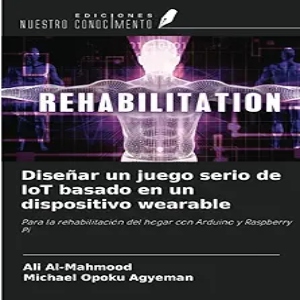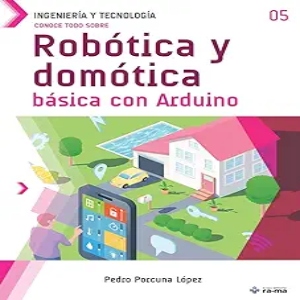Real-Time Environmental Monitoring: Sensors and Systems

Descripción
This lab manual is a companion to the second edition of the textbook Real-Time Environmental Monitoring: Sensors and Systems. Tested in pedagogical settings by the author for many years, it includes applications with state-of-the-art sensor technology and programs such as R, Python, Arduino, PHP, HTML, and SQL.
It helps students and instructors in science and engineering better understand how to use and design a variety of sensors, and how to build systems and databases when monitoring different environments such as soil, water, and air. Examples of low-cost and open-access systems are included and can serve as the basis of learning tools for the concepts and techniques described in the textbook. Furthermore, the manual provides links to websites and scripts in R that allow learning how to analyze a variety of datasets available from repositories and databases maintained by many agencies and institutions.
The first hands-on environmental monitoring lab manual written in tutorial style and classroom tested.
Includes 14 lab guides that parallel the theory developed in 14 chapters in the companion textbook.
Provides clear step-by-step protocols to understand basic and advanced theory through applicable exercises and problems.
Injects a practical implementation of the existing textbook. A valuable guide for students and practitioners worldwide engaged in efforts to develop, employ, and maintain environmental monitors.
Intended for upper-level undergraduate and graduate students taking courses in electrical engineering, civil and environmental engineering, mechanical engineering, geosciences, and environmental sciences, as well as instructors who teach these courses. Professionals working in fields such as environmental services, and researchers and academics in engineering will also benefit from the range of topics included in this lab manual.





